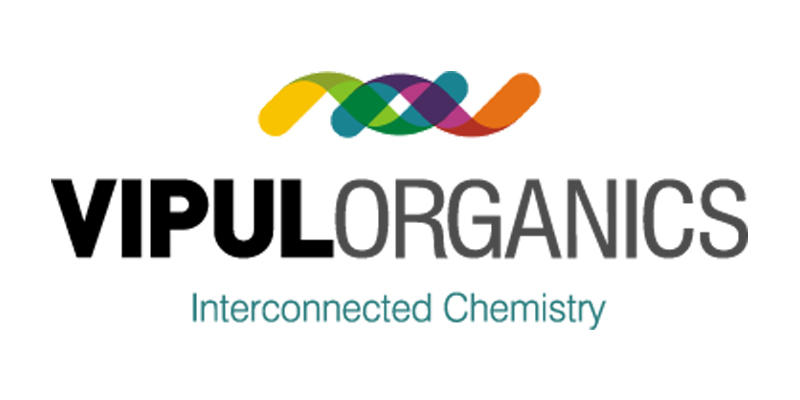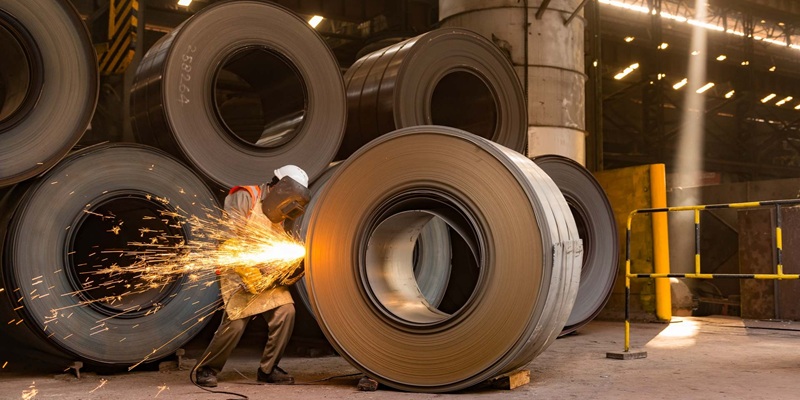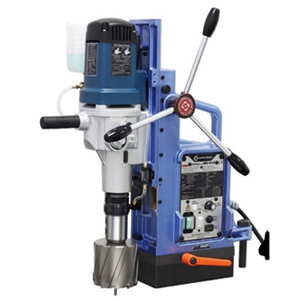Schedule a Call Back
A strategic roadmap towards achieving industrial energy efficiency: Paige Morse
 Articles
Articles- Mar 25,25
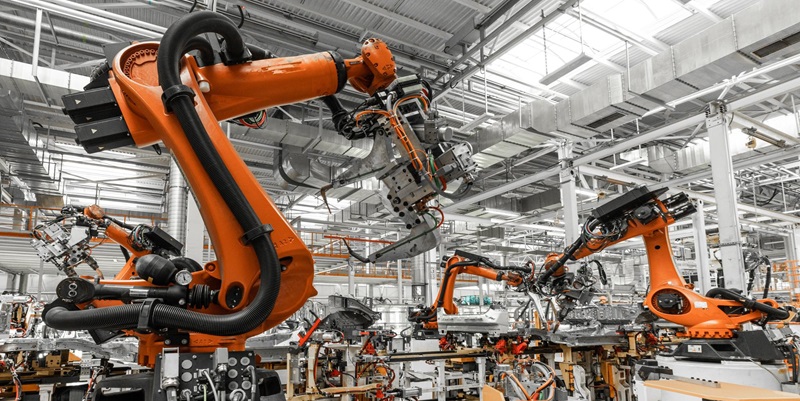
“A penny
saved is a penny earned” – an often-heard proverb is analogous to industrial
energy usage. By reducing energy consumption, industries can achieve greater
efficiency.
Lowering
greenhouse gas emissions is crucial to keep global temperatures from rising, yet
global effort has been inconsistent. Just over one year ago at the UN climate
event known as COP28, the global community set a goal to triple renewable
energy capacity and double energy efficiency by 2030 to limit warming to 1.5°C.
Since
then, the rapid scaling of solar, wind and hydro has helped, and much progress
has been in renewable energy capacity. However, despite its effectiveness,
energy efficiency progress has been slow. We have only seen a 1% improvement in 2023 and 2024 and a 2% improvement per year between
2010 and 2019 (refer Figure 1), according to the International
Energy Agency (IEA). This misses the new target of greater-than 4% improvements per year.
Figure
1: Global annual improvement in primary energy intensity, 2000-2024 (Source:
IEA; Licence: CC BY 4.0)1
India has
shown higher efficiency gains than the global average, with energy intensity
improving from 1.5% in 2023 to an expected 2.5% for 2024, according to IEA
data.
Fatih Birol, Executive Director,
IEA said,
“Energy efficiency is a key pillar of secure, affordable and inclusive energy
transitions.” By shining a spotlight on the industrial sector, one can see the
significant impact that energy efficiency improvements could have on global
sustainability progress. This important sector accounts for 39% of
global energy consumption, growing at 1.5% per year from 2010 to 2023,
according to the IEA. Industrial emissions grew at a slightly slower pace, 1% , indicating some improvement in energy intensity.
Progress
in this sector has been met with challenges, particularly in hard-to-abate
sectors such as chemicals, cement, and steel. This is largely due to the long
life of assets and the challenge of developing new technologies and processes,
but there are clear paths for improvement.
To take a
critical first step, industrial companies are prioritising energy improvements
to current operations. This works because their operations are so large and
complex, even small efficiency improvements can yield significant benefits both
for the environment and business performance. There are many strategies, often
powered by digital technologies, companies can pursue to quickly see a positive
impact.
The key
lies in having the right strategy, data, and digital tools to succeed. Three
key areas crucial to improving energy efficiency
across operations include emissions management, AI-driven hybrid models, as
well as predictive and prescriptive models.
Emissions
management
Energy
efficiency and emission reduction are inextricably linked. While major emitters
have pledged to become more transparent about emission management, many admit
they do not know how much they are emitting in real-time and cannot track how
operational decisions impact emissions. Fixing a problem that is not adequately
measured is difficult, at best.
There are
emission management tools available to industrial companies today that can
better correlate, analyse, and visualise operational data from across the
organisation so emission reduction decisions can be made faster, and with more
accuracy. By leveling internal silos and revealing real-time data
holistically, companies gain better insights into their carbon emissions and
abatement, even gaining the ability to create auditable reports that show
progress.
A
European energy company found success applying an emissions management tool at
its refinery in Italy. By combining modeling tools with Industrial AI-based
techniques and detailed calculations, the system optimises economics with total
emissions toward achieving more sustainable and profitable operations. With new
and increased visibility into its operating and financial data, the company has
become more proactive with asset and operating strategies to meet emissions
limits. It has also been able to improve its carbon credit management process
and assess opportunities to drive sustainability and reduce emissions through
feedstock selection and production planning.
AI-driven
hybrid models
Industrial
processes are inherently complex, making them exceedingly difficult to model
for use in AI processes. To augment the process, hybrid models backed by AI can
be built using data collected from real assets. They can close the
simulation-to-reality gap, resulting in more accurate models that cover more
aspects of the operation. Industrial companies can then employ these models to
drive increased efficiencies across many of their processes.
For
instance, Central Asia producer SOCAR used AI capabilities to boost the
efficiency of their acrylonitrile operations, developing a reactor model from
operational data and incorporating first principles constraints. The model
predicted the percentage of acrylonitrile in reactor flue gases and the optimal
pressure required to boost conversion. SOCAR reviewed scenarios to maximise
steam generation in the reactor, which helped them improve waste heat recovery
by 36% and save 5% in fuel gas across the complex.
In
another example, global chemical company BASF applied an Industrial AI
application to help implement process control capabilities designed to rapidly
improve operations at a Gulf Coast site. The AI guidance captured the most
difficult and time-consuming elements of implementation, providing guidance for
less experienced technical workers to implement a more capable system. A full
ROI on this system was achieved in less than six months.
Prescriptive
& predictive maintenance
By
predicting and preventing equipment failures with early warnings, AI-based
asset performance management tools can have a significant impact on reducing
energy and emissions. For example, unplanned plant shutdowns often force
flaring that can emit as much carbon in a single event as months of normal
operations. A proactive and prescriptive approach to asset maintenance with
AI-based tools helps avoid these types of failures, and often yields
operational efficiencies in other ways too, such as optimising spare part
inventory, reducing waste, and eliminating time spent on unnecessary,
schedule-based maintenance.
Midstream
operator OCP Ecuador cut its maintenance costs by 25% by employing
machine learning capabilities that predict equipment failure and prescribe
operational solutions. By analysing engine and pump performance, the
company’s operations teams predicted degradation in advance which enabled them
to conduct earlier intervention and resolution. This work also helped the
maintenance team improve equipment uptime by 20% , while allowing them to
significantly improve their spare part management and further reduce their
operational costs.
Path forward
As
macro-environments evolve and countries’ net zero priorities change, industrial
companies are mission-critical in improving energy efficiencies that directly
impact global warming. Steady gains toward decarbonisation goals can be made by
building greater efficiencies into existing operations, which can have a
positive impact on the environment, as well as contribute to cost savings and
business performance.
---------------------------------------------------------------------------------------------------------------------
About the author:
Dr Paige
Morse is the Enterprise Sustainability Director at AspenTech Technology, Inc. Morse
helps companies progress toward their sustainability targets providing
strategic guidance and targeted digitalisation solutions to the process
industry. Prior to AspenTech, she worked for leading operating companies,
including Shell, Dow and Clariant, in R&D, marketing, commercial and strategy
roles in the US and Europe. Paige holds a BA from Kenyon College and a PhD in
chemistry from the University of Illinois.
Related Stories

BC Jindal Group’s JIRE bags 300 MW solar-BESS order from SJVN
JIRE won the bid for 300 MW of solar capacity at a tariff of Rs 3.32/kWh.
Read more
Coal India and UPRVUNL to build 500 MW solar plant
Last month, CIL had also signed a pact with Damodar Valley Corporation (DVC) to set up a Rs 165 billion ultra-supercritical thermal power plant in Jharkhand, emphasising its commitment to high-effic..
Read more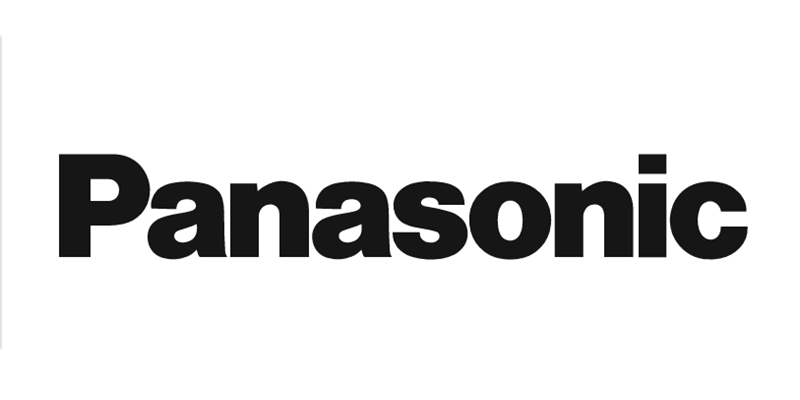
Panasonic Life Solutions India stays committed to India’s solar energy future
Panasonic plans to further scale its operations, cater to both residential and commercial demand, and collaborate with developers, installers, and government agencies to enhance access to reliable a..
Read moreRelated Products

Dna of All Information
Roto Leaner Technology Pvt Ltd manufactures a complete range of display solutions.

Standard Series Stations and Enclosures
Esbee
Industrial Combines/Esbee Electrotech LLP offers standard series stations and
enclosures.

Fire Alarm
Safe Zone is prominent traders and suppliers of the industry, offering a wide range of wireless fire alarm.
Read more






